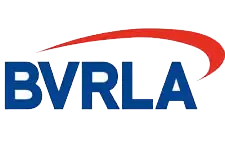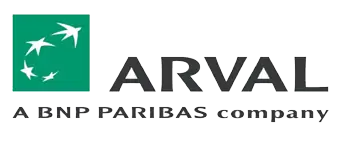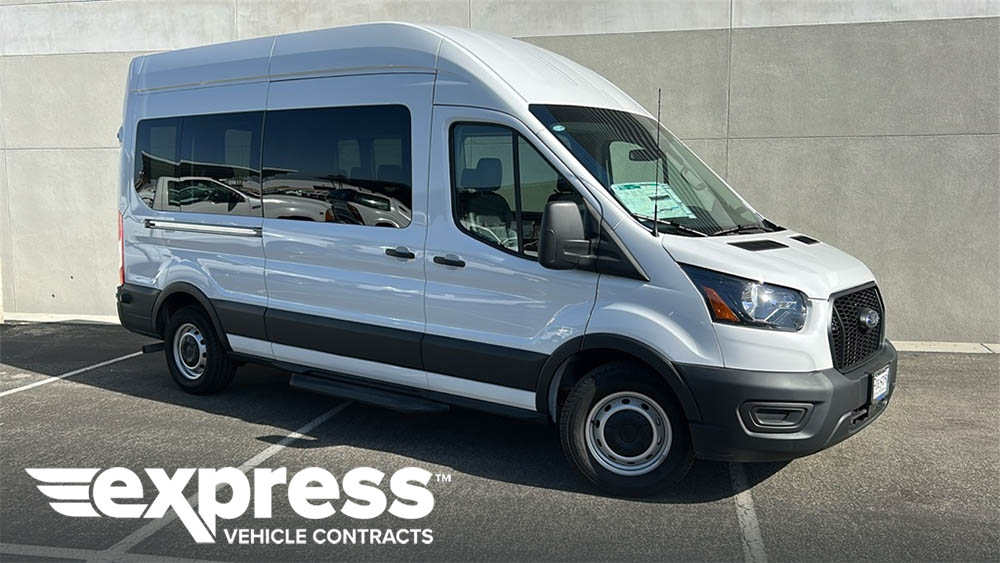
Express Vehicle Contracts Explain the UK's Minibus Driving Legal Requirements.
In the U.K. driving a minibus is more than just getting behind the wheel of a larger vehicle.
It requires adherence to specific rules, whether you’re a volunteer, part of a community organization, or a professional driver. Here’s what you need to know to keep your minibus ventures on the right side of the law.
Licensing Basics: What It Takes to Drive a Minibus
For standard car licence holders with a Category B licence, there’s good news. If you earned your licence before 1 January 1997, you might already have a D1 entitlement, allowing you to drive a minibus with up to 16 seats—provided it’s not for commercial purposes.
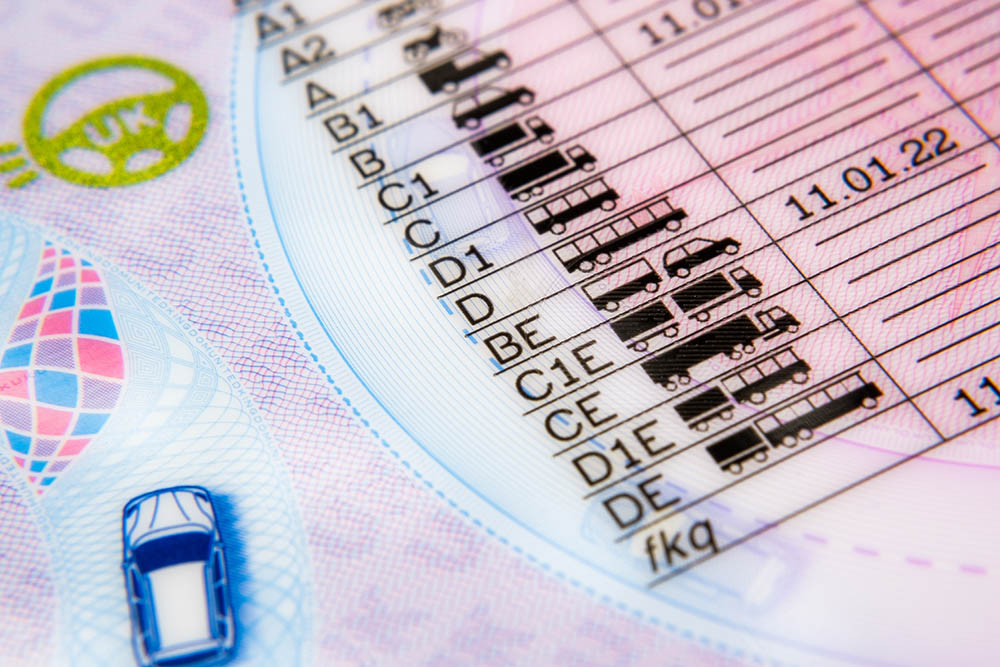
For those licensed after 1997, you can still take the wheel, but only under certain conditions. You’ll need to be at least 21, with at least two years’ driving experience, and driving on a voluntary basis for a non-profit or community group. Your minibus must stay under 3.5 tonnes (or 4.25 tonnes if equipped for disabled passengers), and no trailers are allowed. Once you hit 70, you’ll need to meet Group 2 medical standards to continue driving.
For drivers looking to turn minibus driving into a profession, a Passenger Carrying Vehicle (PCV) licence with D1 entitlement is required. This means applying for a provisional PCV licence, passing the theory and practical tests, and meeting a stricter medical standard.
Minibus Essentials: Safety Gear and Seat Belts
When it comes to equipment, minibuses must be ready for anything. British law mandates a water or foam fire extinguisher with a minimum test rating, and if you’re transporting passengers in wheelchairs, you’ll need two fire extinguishers, with one kept within the passenger area.
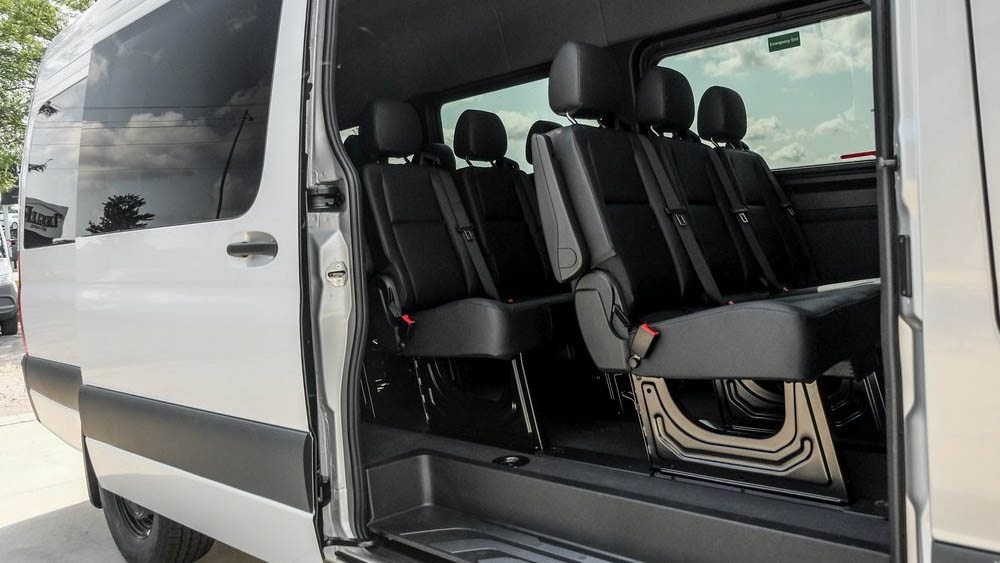
Seat belts aren’t just a good idea—they’re a legal requirement. The driver is responsible for ensuring that every passenger is buckled up, making this both a safety priority and a legal obligation.
Permits and Operations: The Lowdown on Section 19 Permits
For non-profit groups and community organizations, a Section 19 permit is the golden ticket. It allows you to operate a minibus without a full PCV operator’s licence, as long as it’s not for profit and is intended to benefit the community. These permits make it easier for charities, schools, and similar groups to keep their wheels rolling without breaking the bank.
Of course, insurance is a must. Whether you’re driving for a charity or a business, you’ll need comprehensive coverage that accounts for all types of usage, including hire and reward or any other arrangement under a Section 19 permit.
Going the Extra Mile: Training and International Travel
Minibus driving is a different beast than a standard car, and dedicated driver training is highly recommended. This specialized training goes beyond the basics to focus on the unique skills needed to safely handle a larger vehicle with multiple passengers.
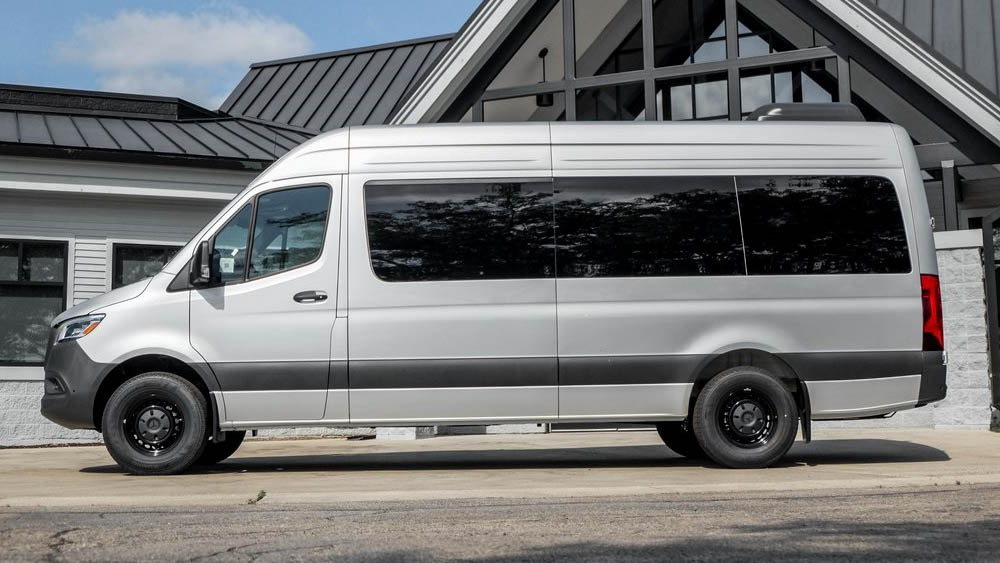
And if you’re heading abroad, it’s crucial to check the regulations in your destination country. Many nations have their own requirements for minibuses and drivers, so doing your homework can save you hassle and fines when you cross borders.
The Bottom Line
From driver qualifications to safety regulations and operational permits, running a minibus in the U.K. requires careful attention to legal and safety standards. Keeping compliant is more than just ticking boxes—it’s about ensuring a safe, smooth ride for everyone on board.
For more information contact the Express Vehicle Contracts Minibus Team on 0121 427 9477, they will be delighted to help with any Minibus related questions.

